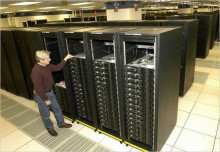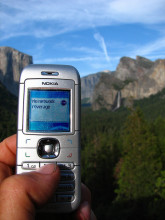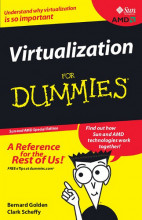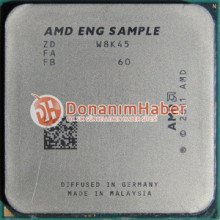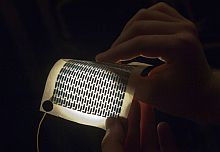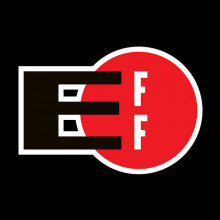Russia steps up game in supercomputing
Russia's profile in supercomputing is being raised thanks to a Moscow-based company and a Russian president who sees high-performance computing as critical to the nation's future.
Two years ago, Russia's President, Dmitry Medvedev, chastised his country's progress in developing supercomputers, saying in a speech somewhat sarcastically that "a huge number of entrepreneurs, not to mention officials, do not know what supercomputers are."














































